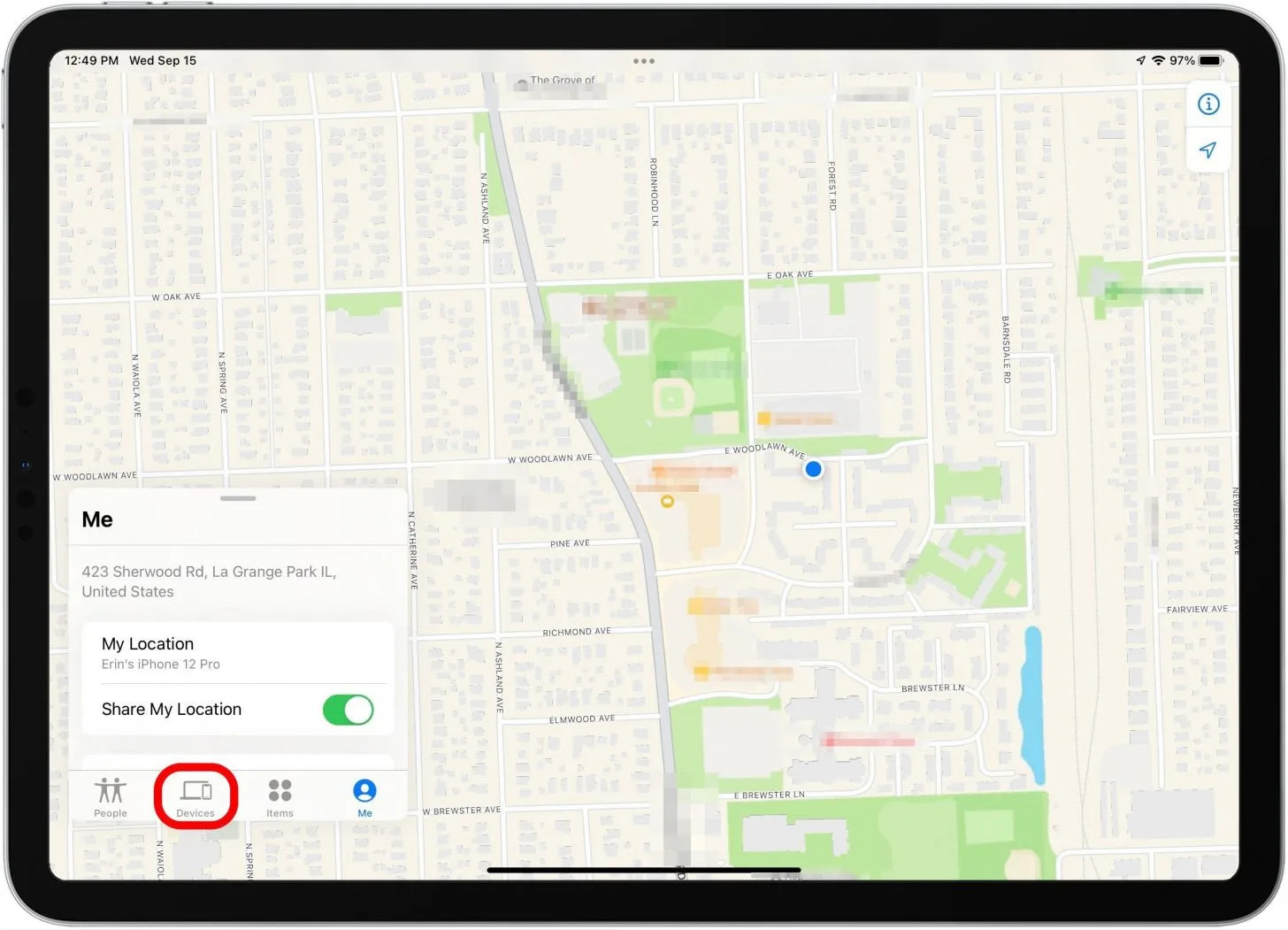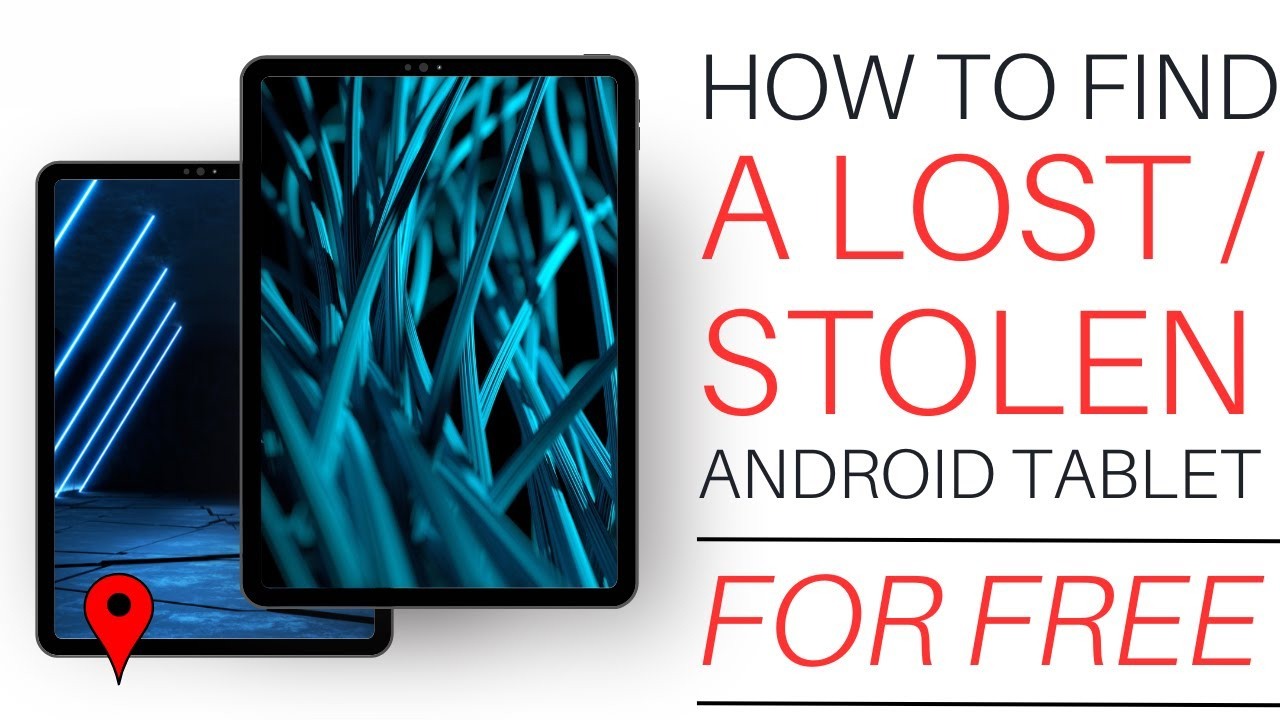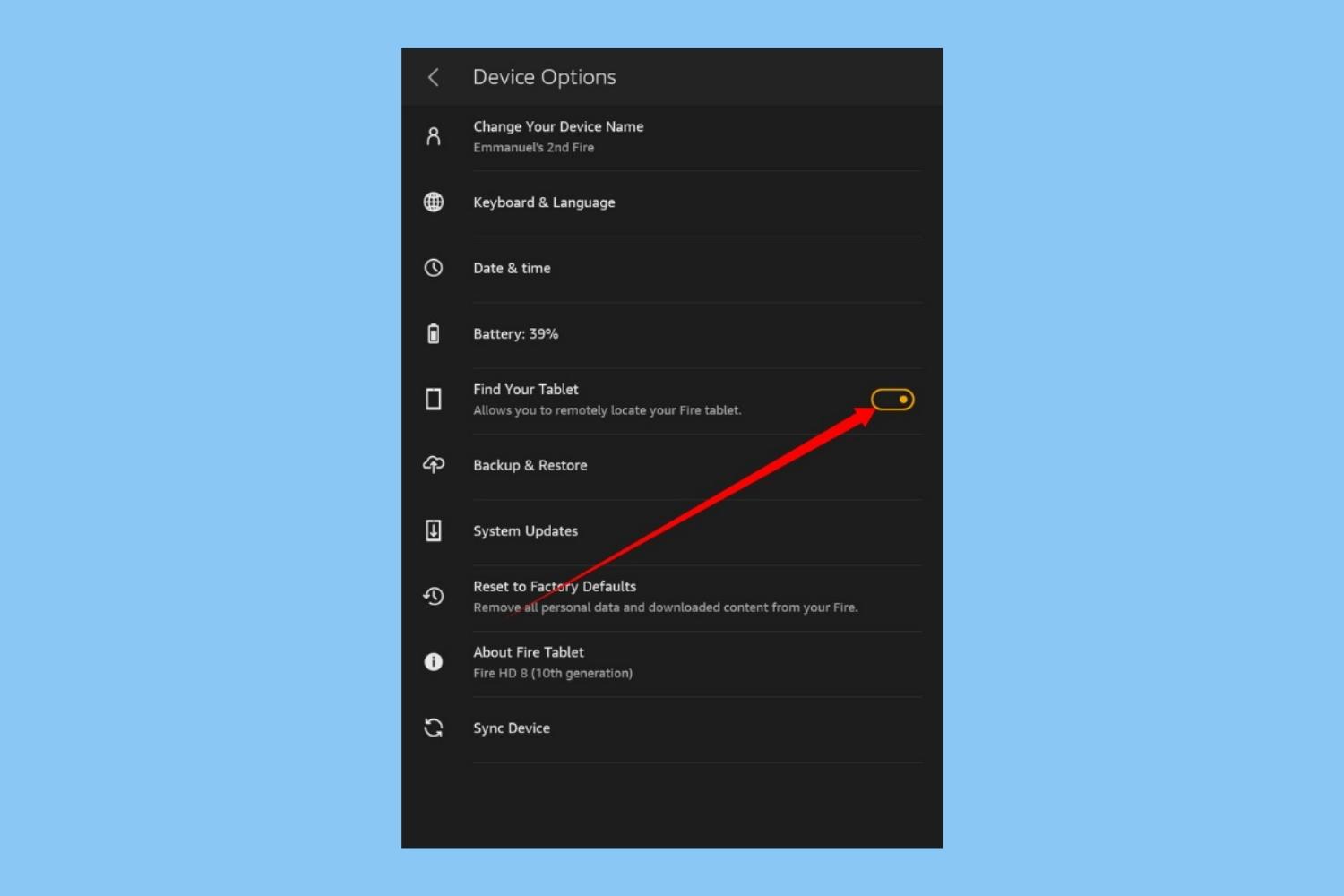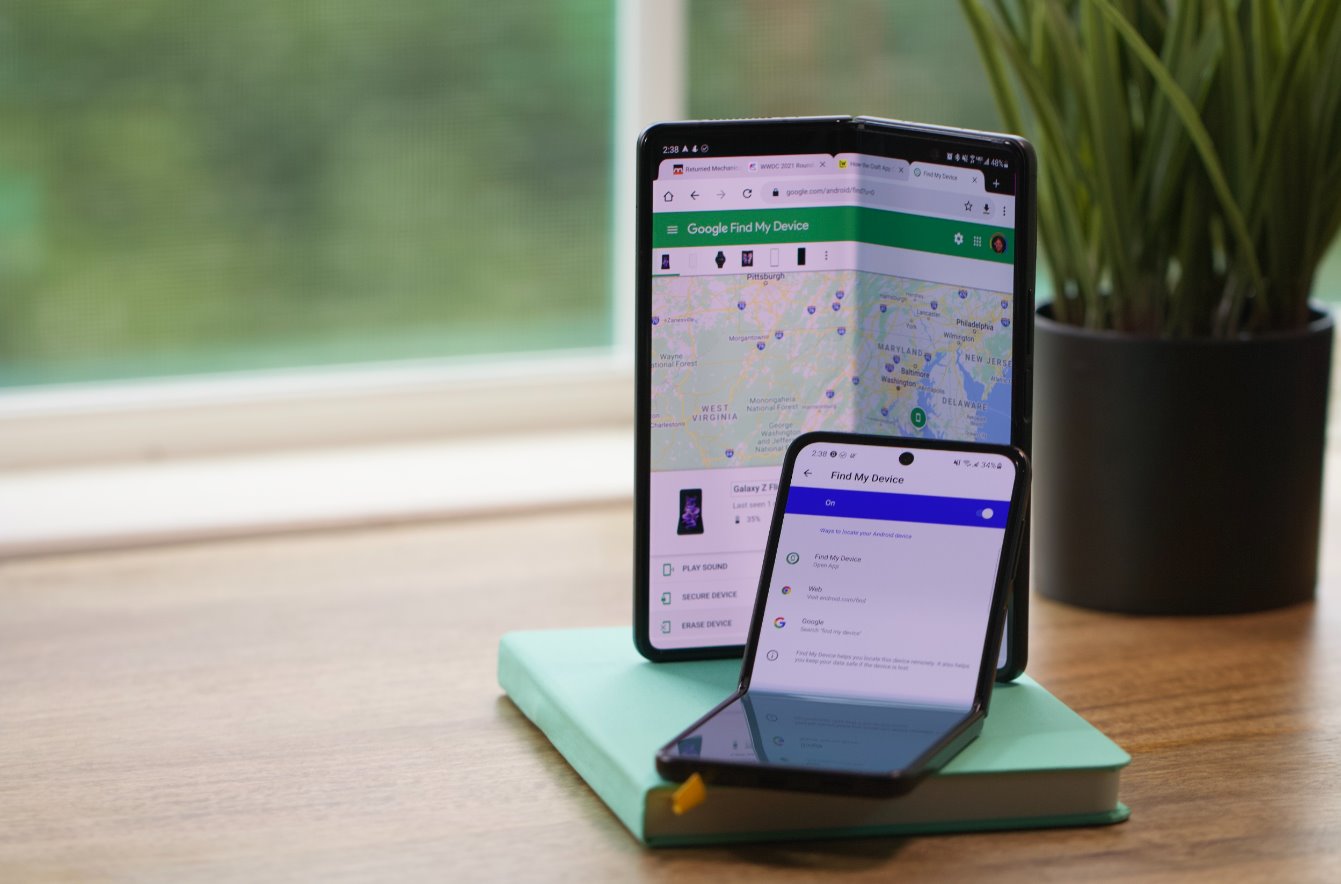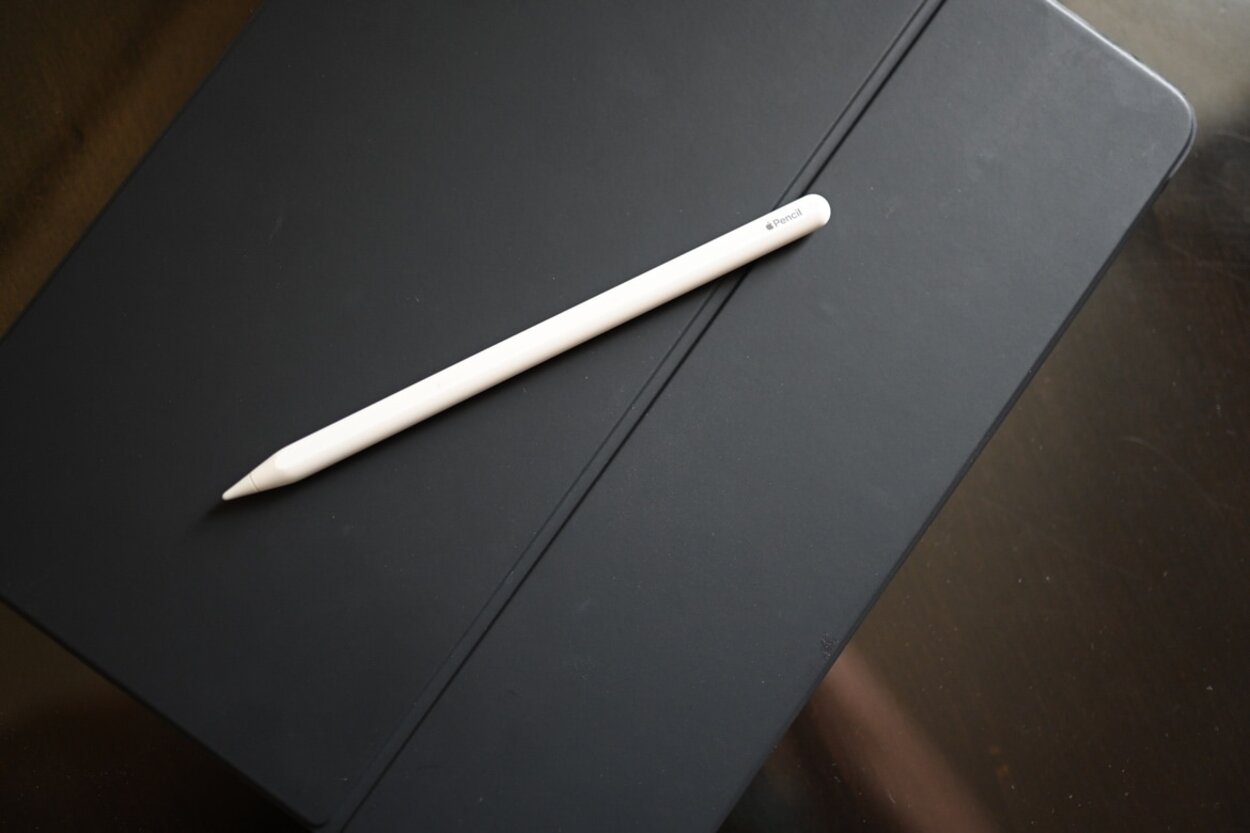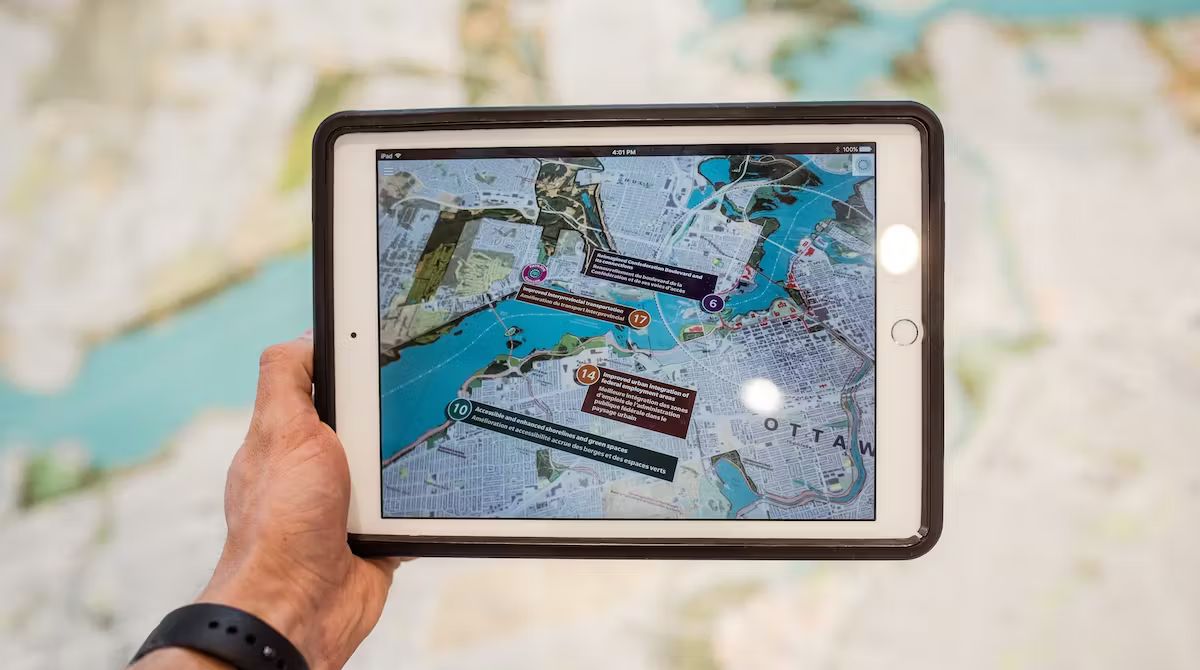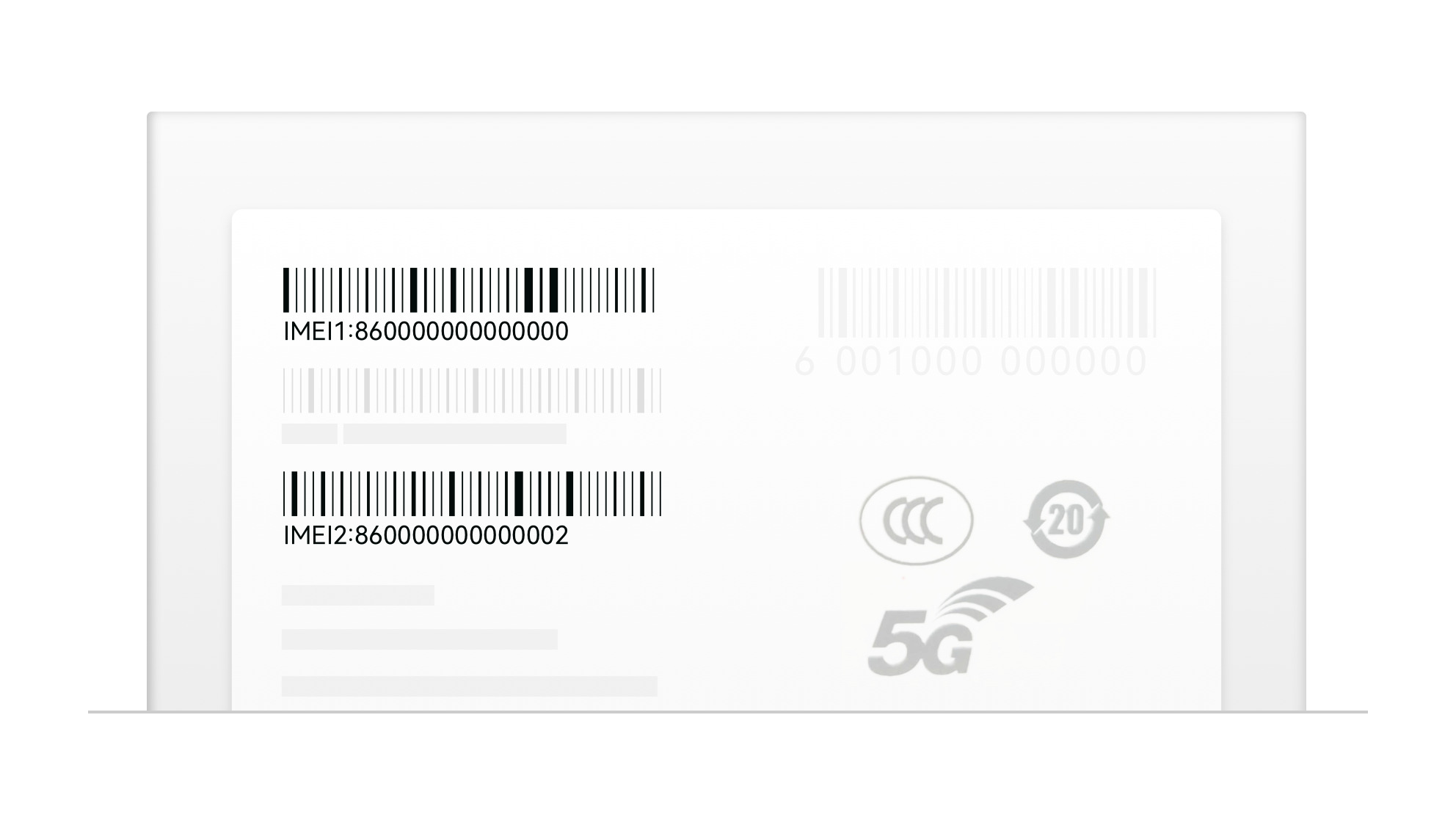Introduction
Losing your tablet can be a frustrating experience, but the good news is that there are several steps you can take to increase your chances of finding it. Whether it slipped out of your bag, got left behind in a coffee shop, or was stolen, there are various methods you can employ to track down your lost tablet. In this article, we will explore some of the most effective strategies for finding a lost tablet.
It’s important to act quickly when you realize your tablet is missing. The longer you wait, the more difficult it may be to locate it. Time is of the essence, so don’t hesitate to start the search process as soon as you realize your tablet is missing. By following the steps outlined in this guide, you can improve your chances of recovering your tablet and minimizing the loss.
Keep in mind that the success of these methods may vary depending on various factors such as the type of tablet and its settings. Additionally, it’s always a good idea to have a backup plan in case the initial methods don’t yield results.
Now, let’s dive into the different steps you can take to find your lost tablet.
Step 1: Use Find My Device
If you’re using an Android device, one of the first things you should do when you realize your tablet is missing is to utilize the “Find My Device” feature. This built-in functionality allows you to track the location of your tablet using another device, such as a smartphone or computer.
To use Find My Device, follow these simple steps:
- Open a web browser on a computer or use another smartphone or tablet.
- Go to the Find My Device website and sign in with the same Google account that is linked to your missing tablet.
- Once signed in, you’ll see a map with the location of your device, as long as it’s connected to the internet.
- From the website, you also have the option to ring your tablet at full volume for five minutes, even if it’s on silent mode. This can help you locate it if it’s nearby.
- If you suspect your tablet has been stolen or lost in an unsafe location, you can remotely lock it or erase all data to prevent unauthorized access.
It’s important to note that the Find My Device feature needs to be enabled on your tablet for it to work. Make sure you have turned on this feature before your tablet goes missing, so you’ll be prepared in case of an unfortunate situation.
Using Find My Device can significantly increase your chances of retrieving your lost tablet. It’s a powerful tool that takes advantage of the built-in location services on your Android device.
Remember to act quickly once you’ve pinpointed the location of your tablet using Find My Device. Notify the authorities if necessary, and take precautions to protect your personal data if you suspect your tablet has fallen into the wrong hands.
Step 2: Contact the Manufacturer
If you’re unable to locate your tablet using the Find My Device feature or if it’s not available on your device, the next step is to reach out to the manufacturer. Most tablet manufacturers have support services in place to help users with lost or stolen devices.
Here’s what you can do:
- Find the customer support contact details for your tablet’s manufacturer. This information can usually be found on the manufacturer’s website or in the user manual.
- Contact the manufacturer and provide them with the necessary information, including the make, model, and serial number of your tablet.
- Explain the situation and ask if they have any services or features that can assist in locating your tablet or disabling it remotely.
- The manufacturer’s support team may have access to tools and resources that can help track your device or render it inoperable to prevent unauthorized use.
Keep in mind that some manufacturers may require proof of purchase or other documentation to assist you with a lost or stolen device, so be prepared to provide any requested information.
Additionally, it’s worth checking if the manufacturer offers any device protection or insurance plans that cover lost or stolen tablets. This could provide additional assistance or compensation for your loss.
Remember to act quickly when contacting the manufacturer, as time is of the essence in recovering a lost tablet.
While contacting the manufacturer doesn’t guarantee the recovery of your tablet, it’s worth exploring this option as they may have specialized resources and expertise that could prove helpful in your search.
Step 3: Check with Local Authorities
If you’ve been unsuccessful in locating your tablet using the previous methods, it’s time to involve the local authorities. Reporting your lost or stolen tablet to the police can help increase the chances of its recovery and deter potential thieves from attempting to sell or use the device.
Follow these steps when contacting the local authorities:
- Gather all the relevant information about your tablet, including its make, model, serial number, and any distinguishing features.
- Contact your local police department and inform them about the situation. Provide them with all the details to assist in their investigation.
- File a police report and obtain a copy for your records. This report may be required by insurance providers or other agencies if you need to make any claims related to the loss.
- Share any additional information, such as the last known location of your tablet or any suspicious activity you may have noticed.
Remember to provide the police with any evidence or documentation that may assist their investigation, such as photographs or receipts of the tablet.
Checking with the local authorities is particularly important if you suspect your tablet has been stolen. They have the resources and expertise to investigate such cases and may be able to recover your device.
In some cases, the local authorities may also have access to databases or systems that can help track and identify stolen goods, including tablets. By involving them early in the process, you increase the likelihood of finding your lost tablet.
While the outcome is not guaranteed, taking the step to involve the local authorities is an important part of the process in recovering a lost or stolen tablet.
Step 4: Use Anti-Theft Apps
If you want an extra layer of security to protect your tablet and increase the chances of recovering it, consider using anti-theft apps. These applications are specifically designed to track and locate lost or stolen devices, and they offer additional features to safeguard your personal information.
Here are some popular anti-theft apps you can use:
- Prey: Prey is a comprehensive anti-theft app that allows you to track your tablet’s location, take pictures remotely, and lock or erase your device. It offers both free and premium plans, depending on your needs.
- Cerberus: Cerberus is another powerful anti-theft app that provides features like remote device control, location tracking, and even the ability to capture audio from your tablet. It offers a free trial, and after that, you can choose from various subscription options.
- Avast Anti-Theft: Avast Anti-Theft offers location tracking, remote locking, and a feature called “Camouflage Mode” that disguises the app on your tablet to prevent tampering. It’s free to download and use.
When using these apps, make sure to configure them properly and enable the necessary permissions to track your tablet’s location. Additionally, regularly update the app to ensure you have the latest security features and enhancements.
In case your tablet goes missing, log into the respective anti-theft app’s website using another device and follow the instructions for tracking and recovering your tablet. These apps often provide real-time location information and advanced features to aid in your search.
Remember to act swiftly when using anti-theft apps, as the sooner you start tracking, the better your chances of finding your tablet.
While anti-theft apps greatly improve your chances of recovering a lost or stolen tablet, they should not be your sole means of protection. Combine their use with other methods, such as contacting local authorities and the tablet manufacturer, for a comprehensive approach to finding your device.
Step 5: Track Your Tablet With a Bluetooth Tracker
If your tablet is within close proximity but you’re unable to locate it visually, you can use a Bluetooth tracker to help you narrow down its whereabouts. Bluetooth trackers are small devices that you can attach to your tablet or place in its case. They work by connecting to your smartphone or tablet via Bluetooth and providing real-time location updates.
Here’s how you can utilize a Bluetooth tracker to find your tablet:
- Purchase a Bluetooth tracker from a reputable brand. Popular options include Tile, Chipolo, and TrackR.
- Download the companion app for the Bluetooth tracker on your smartphone or tablet.
- Sync the tracker with the app following the manufacturer’s instructions.
- Attach the Bluetooth tracker to your tablet or place it inside the tablet’s case.
- When you realize your tablet is missing, open the app on your smartphone and use it to track the location of your tablet.
Bluetooth trackers have a limited range, typically around 100-200 feet. If your tablet is within this range, the app will provide you with a signal strength indicator to help you get closer to its location. Some trackers also have a sound option that allows you to make the tracker emit a loud noise, making it easier to locate your tablet if it’s hidden or misplaced.
It’s important to note that Bluetooth trackers are most effective when your tablet is in close proximity. If your tablet is out of range or turned off, the tracker may not be able to provide real-time location updates.
Bluetooth trackers are a useful tool for finding misplaced tablets within a limited range. However, they may not be as effective if your tablet is stolen or if it’s located in an area with no Bluetooth coverage. Use this method in conjunction with other strategies to maximize your chances of locating your tablet.
Step 6: Check Lost and Found Websites
When you lose your tablet, there’s a chance that someone might find it and make an effort to return it to its rightful owner. To increase the likelihood of this happening, check lost and found websites or platforms where people can report and search for lost items.
Here’s what you can do to check lost and found websites:
- Visit popular lost and found websites such as Craigslist, LostandFound.com, or LostMyTablet.com.
- Search for listings or posts relating to lost tablets. Specify the make, model, and any distinguishing features of your tablet in your search.
- If you come across a listing that matches the description of your tablet, contact the person who posted it to inquire if it is indeed your lost tablet.
- Additionally, consider posting your own listing on these websites detailing your lost tablet’s information. Provide contact details so that anyone who finds it can get in touch with you.
Checking lost and found websites can provide a platform for people who have found your tablet to connect with you. It’s important to regularly monitor these websites, as new postings can appear at any time.
Remember to exercise caution and be wary of any suspicious or fraudulent postings. It’s always a good idea to meet in a public place when arranging a meeting to retrieve your tablet.
While the chances of finding your tablet through lost and found websites may vary, it’s worth exploring this option as many people report lost items on these platforms with the hope of returning them to their owners.
Keep in mind that lost and found websites are just one avenue to explore during your search for a lost tablet. Continue to utilize other methods to increase your chances of locating and reclaiming your tablet.
Step 7: Utilize Social Media and Online Community Groups
Social media and online community groups can be powerful tools in reaching a wide audience and increasing the chances of finding your lost tablet. By leveraging the power of these platforms, you can spread the word about your missing tablet and potentially connect with individuals who have relevant information.
Here’s how you can utilize social media and online community groups in your search:
- Post a detailed description of your lost tablet on your social media accounts, such as Facebook, Twitter, Instagram, and LinkedIn. Include essential details like the make, model, and any distinguishing features.
- Ask your friends, family, and followers to share your post to increase its visibility. The more people who see your post, the higher the chances of reaching someone who can provide information about your tablet.
- Join local online community groups, neighborhood forums, or buy/sell groups on platforms like Facebook or Nextdoor. Share your situation and ask members to keep an eye out for your tablet or share any relevant leads.
- If there are specific tech enthusiast or tablet-related groups, consider joining and sharing your story. The members of such groups might have valuable insights or advice to offer.
- Include relevant hashtags related to lost devices or tablets in your posts to increase discoverability.
Remember to provide contact information so that anyone with information about your tablet can easily reach out to you. It’s advisable to exercise caution and be vigilant about any suspicious or scam-like messages you might receive. Always prioritize safety when communicating with strangers online, and consider involving local authorities if necessary.
While utilizing social media and online community groups does not guarantee the recovery of your tablet, it significantly amplifies the reach of your search efforts. The power of social networks and online communities lies in their ability to connect people and generate leads.
Continuously monitor your posts, respond promptly to any leads or messages, and express your gratitude to those who support you in your search. Remember, the more people who are aware of your situation, the greater the chances of finding your tablet.
Step 8: Consider Hiring a Professional Tracker
If you’ve exhausted all other options and are still unable to locate your lost tablet, you may want to consider hiring a professional tracker. These individuals or agencies specialize in locating lost or stolen items and have the knowledge and resources to conduct a thorough search on your behalf.
Here’s what you need to know about hiring a professional tracker:
- Research and identify reputable professional trackers in your area. Look for individuals or agencies with good reviews and a track record of successful recoveries.
- Contact the tracker and provide them with all the necessary information about your lost tablet, including its make, model, serial number, and any other relevant details.
- Discuss their services, fees, and the specific steps they will take to locate your tablet. Get a clear understanding of what to expect during the process.
- Before finalizing the agreement, ask for references or client testimonials to ensure the tracker’s credibility and reliability.
- Once hired, cooperate fully with the professional tracker and provide any additional information or assistance they may require.
- Keep in mind that hiring a professional tracker can be a significant investment, both in terms of time and money. Consider the value of your tablet and weigh it against the cost of the service.
Professional trackers often have access to advanced technology and databases that can aid in the search for your tablet. They may have connections with law enforcement or be able to leverage their professional network to assist in the recovery process.
While hiring a professional tracker doesn’t guarantee success, their expertise and specialized resources can greatly increase the chances of locating your lost tablet. It’s crucial to choose a reputable tracker who has a proven track record in similar cases.
If you decide to go down this route, thoroughly research and vet the tracker before making a commitment. Ensure that you have a clear understanding of their services and fees to avoid any misunderstandings or surprises along the way.
Step 9: Take Preventive Measures for the Future
While recovering your lost tablet is important, it’s equally important to take preventive measures to minimize the likelihood of it happening again in the future. By implementing security measures and practicing responsible tablet ownership, you can protect your device and mitigate the risk of it being lost or stolen.
Here are some preventive measures you can take:
- Enable device security features: Use passcodes, PINs, or biometric authentication methods to secure your tablet. Additionally, consider enabling features such as fingerprint or facial recognition for an added layer of protection.
- Regularly backup your data: Back up your tablet’s data regularly to prevent permanent loss in case of theft or damage. Use cloud-based services or external storage devices to keep your data safe and accessible.
- Install security software: Use reputable antivirus and anti-theft apps to protect your tablet from malicious software and to have the ability to track and remotely manage your device in case it gets lost or stolen.
- Be mindful of your surroundings: When using your tablet in public places, remain vigilant and keep a close eye on your belongings. Avoid leaving your tablet unattended or visible to potential thieves.
- Consider purchasing tablet insurance: Tablet insurance can provide financial protection in case of loss, theft, or damage. Review different insurance options to find the one that best suits your needs.
- Keep records of your tablet: Note down important details such as the make, model, and serial number of your tablet. Take photographs of your tablet and keep the purchase receipts as proof of ownership.
- Register your tablet: Register your tablet with the manufacturer or any applicable device registry. This can assist in identifying and returning your tablet if it’s found.
By taking these preventive measures, you can proactively protect your tablet and minimize the risk of losing it in the future. Remember to regularly review and update your security settings to keep up with the ever-evolving landscape of digital threats.
While no method can guarantee 100% protection, being prepared and proactive can go a long way in ensuring the safety and security of your tablet.
Conclusion
Losing a tablet can be a stressful and frustrating experience, but by following the steps outlined in this guide, you can increase your chances of finding your lost device. From utilizing built-in features like Find My Device to contacting the manufacturer and involving local authorities, each step plays a crucial role in the search process.
It’s important to act swiftly when you realize your tablet is missing and to leverage a combination of methods to maximize your chances of recovery. Utilizing anti-theft apps, Bluetooth trackers, and checking lost and found websites can broaden your search scope and provide valuable leads.
Engaging with social media and online community groups can rally support and increase awareness of your situation, while considering the services of a professional tracker may be necessary for more complex cases.
Lastly, taking preventive measures to secure your tablet and being prepared for the future is essential. By enabling security features, backing up your data, and practicing responsible tablet ownership, you can minimize the risk of losing your device and safeguard your valuable information.
Remember, while the recovery of a lost tablet is not always guaranteed, staying proactive, resourceful, and patient will greatly improve your chances. By combining the strategies mentioned in this guide, you can increase the likelihood of finding your lost tablet and minimize the impact of the loss.
We hope that this guide has provided you with useful insights and guidance in your search for your lost tablet. Good luck in your efforts, and may you be reunited with your tablet soon!







